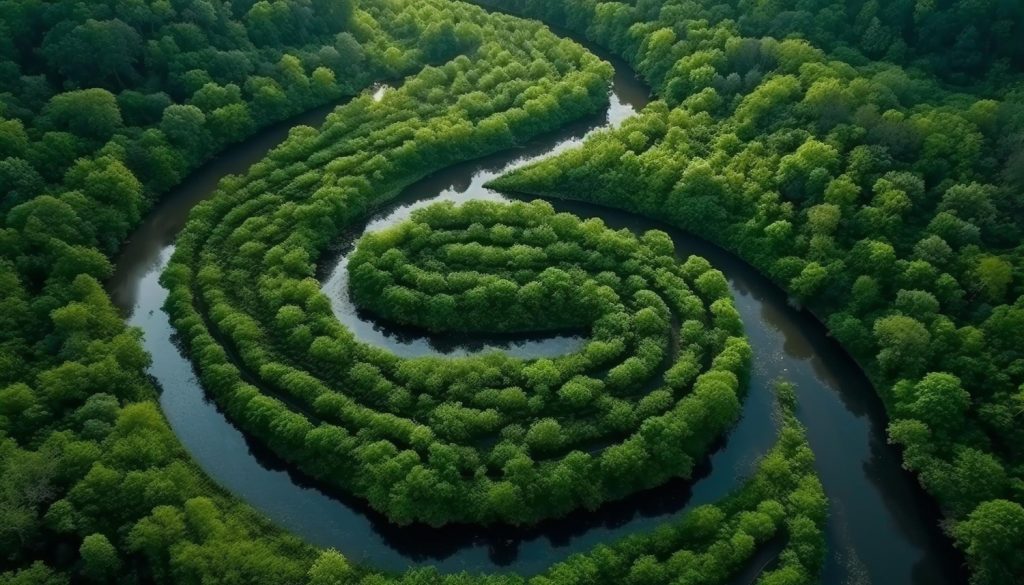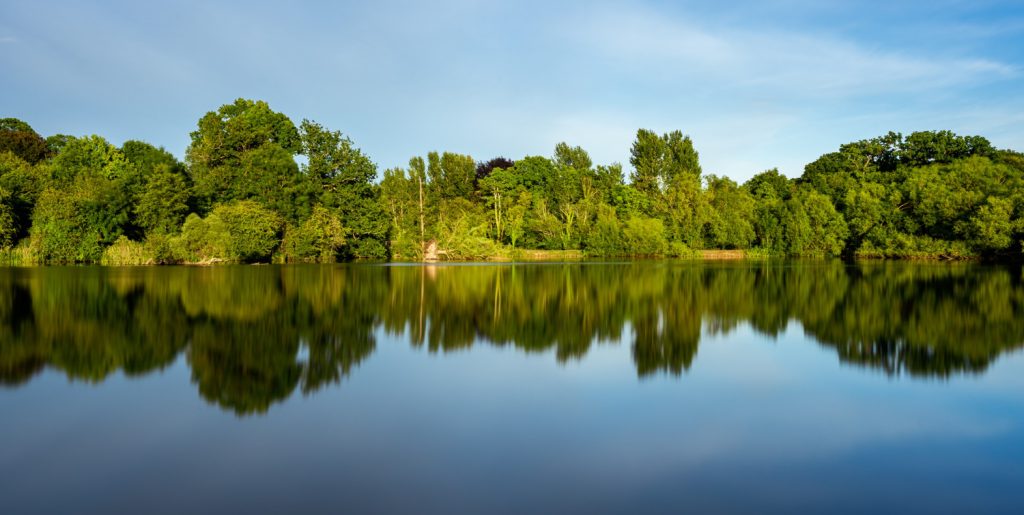The Mangrove Initiative for Shoreline Habitats & Tangible Incomes (MISHTI) scheme is a government-led program aimed at enhancing mangrove coverage along coastlines and saltpan lands. Primarily focused on the Sundarbans Delta and Hoogly Estuary in West Bengal, India, as well as other bay areas in the country, the scheme also includes various wetlands throughout India. Over a period of five years starting from FY 2023-24, MISHTI envisions comprehensive exploration of potential areas for mangrove development, covering approximately 540 square kilometers across 11 states and 2 union territories. The scheme aims to promote best practices in plantation techniques, conservation measures, management practices, and resource mobilization through public-private partnerships.
Tamil Nadu possesses the second longest coastline in the country, spanning 1076 km. However, this coastline is susceptible to recurring natural disasters such as cyclones and storms. The presence of mangrove forests along the coastal areas has acted as a protective barrier, safeguarding the lives and livelihoods of local communities, especially fishermen. Therefore, it is crucial to enhance the ecological health of these mangroves to ensure the sustainability of the coast and its communities.

The Government of India recently launched the MISHTI program with the aim of undertaking mangrove reforestation and afforestation in the coastal districts of the country. The program will adopt the best practices from within India and other countries, including Indonesia. Additionally, MISHTI envisions the development of mangrove-associated ecotourism initiatives and the generation of livelihoods in coastal states. By participating in the ‘Mangrove Alliance for Climate (MAC)’ – an intergovernmental alliance promoting mangroves – India will contribute to the efforts of protecting and preserving these vital ecosystems. India became an active member of MAC during the (COP27).
The objective of MISHTI is to conserve and restore the mangrove ecosystem, which plays a critical role in mitigating the effects of climate change, preventing coastal erosion, and supporting local livelihoods. Under the scheme, the government provides financial assistance to local communities for carrying out mangrove plantation activities. Additionally, awareness campaigns are conducted to educate people about the significance of mangroves and their role in environmental protection. The plantation activities are carried out in collaboration with local communities and NGOs to ensure sustainability and community ownership of the initiative. Overall, MISHTI represents a significant step towards promoting sustainable development and safeguarding India’s vulnerable coastal areas.

Currently, there are approximately 5000 square kilometers of mangroves in India. Through the MISHTI program, an additional area of 540 square kilometers is proposed to be covered across nine states and four union territories. The scheme is planned to be implemented over a five-year period from 2023-2024 to 2027-2028. MISHTI will be implemented by combining funds from the CAMPA Fund, MGNREGS, and other sources. In Tamil Nadu, around 39 square kilometers of land have been earmarked for mangrove reforestation/afforestation under this program.
Program Type: Societal Development
Ministry/Department: Ministry of Environment, Forest and Climate Change (MOEF & CC)
Focus Area: Environmental Science
Target Audience: Local Communities
Funding Agency: Ministry of Environment, Forest and Climate Change (MoEFCC)
Purpose: Capacity Building
Funding Cycle: The Government of India bears 80% of the project cost, while the remaining 20% is contributed by the respective State Governments.





